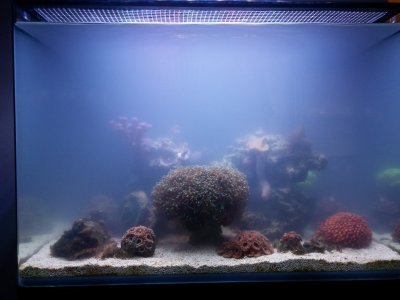- Joined
- May 22, 2016
- Messages
- 6,561
- Reaction score
- 10,134
Thanks! Informative answer.My experience was with the higher cost units (AquaUV)....
I do believe there is a difference in quality and effectiveness when you are on the edge of the effective size range but there is enough evidence that shows the lower cost units are effective if sized right. For a 67g tank, I would use either the 36 watt or 55 watt Jabeo unit.
On larger tanks I would also consider running the less expensive units in series.

















